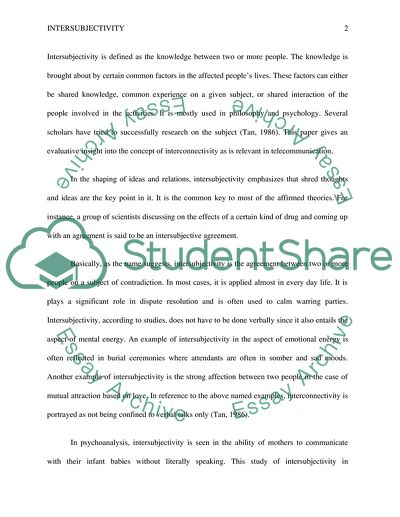Cite this document
(The Role of Intersubjectivity in Telecommunication Research Paper, n.d.)
The Role of Intersubjectivity in Telecommunication Research Paper. Retrieved from https://studentshare.org/media/1762597-telecommunicationpolitics
The Role of Intersubjectivity in Telecommunication Research Paper. Retrieved from https://studentshare.org/media/1762597-telecommunicationpolitics
(The Role of Intersubjectivity in Telecommunication Research Paper)
The Role of Intersubjectivity in Telecommunication Research Paper. https://studentshare.org/media/1762597-telecommunicationpolitics.
The Role of Intersubjectivity in Telecommunication Research Paper. https://studentshare.org/media/1762597-telecommunicationpolitics.
“The Role of Intersubjectivity in Telecommunication Research Paper”, n.d. https://studentshare.org/media/1762597-telecommunicationpolitics.


